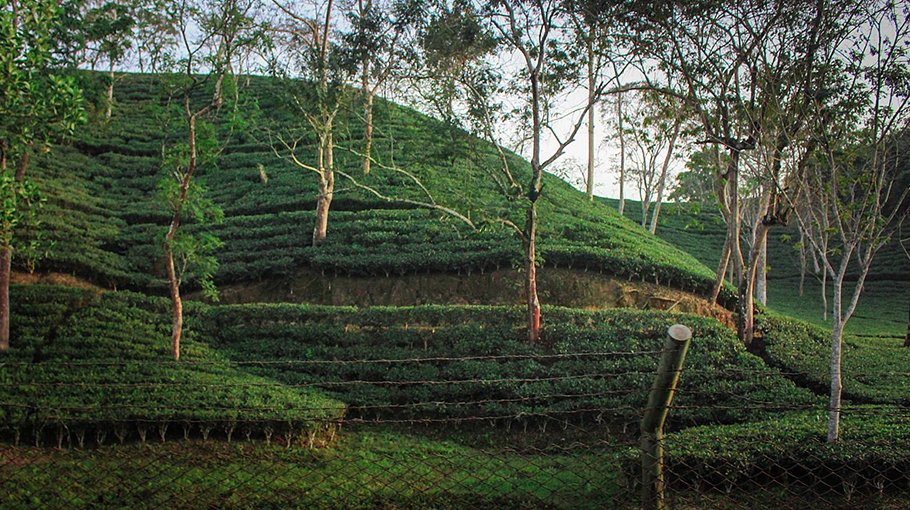Pepper farming in tea gardens now feasible

Moulvibazar district, surrounded by tea gardens, is known as the capital of tea in Bangladesh and well-known in the court of the world. After the success of tea, Maulvibazar is also trying to succeed in another sector. Rows of plants with twisted vines. It looks like a betel leaf. It is a pepper plant. Such a scene was seen in the Baralakha, Srimangal, Rajnagar, and Kulaura of Moulvibazar.
According to the sources of the agriculture department, Pepper is being grown experimentally in 5 hectares of tea gardens in the Baralekha, Kulaura, Rajnagar, and Srimangal areas of Moulvibazar. Since there is a huge demand for pepper in the country and outside the country, Bangladesh Agricultural Research Institute has been working on developing improved varieties for the last 5 years.
According to the sources of the agriculture department, there is no difficulty in pepper cultivation. As with any tree, it tends to grow. Garden soil is suitable for pepper cultivation. Pepper plants can be planted in empty spaces with sheds. In the month of Phalgun, the pepper becomes ripe. If the yield is good, 1 to 1.5 kg of fruit is produced per plant.
Usually, pepper vines are twisted with any plant. In the month of April-May, Pepper seedlings are planted. Peppers ripen in February. Ripe peppers are collected at this time.
Deputy Director Samchuddin Ahmad, of the Moulvibazar District Agriculture Department, said that Pepper is being grown experimentally in 5 hectares of tea gardens in the Baralekha, Kulaura, Rajnagar, and Srimangal areas of Moulvibazar. Growing pepper in the garden is very easy and does not require much maintenance. Insects do not attack this tree. Being in a shaded area, only ants attack, that side should be watched. Due to the weather or various reasons, there has not been much success yet.
This tree is still being researched. Bangladesh Agricultural Research Institute is working on developing improved varieties.
We are hopeful that it will bring good results and there will be better things in the future as well as an increase in farming.



